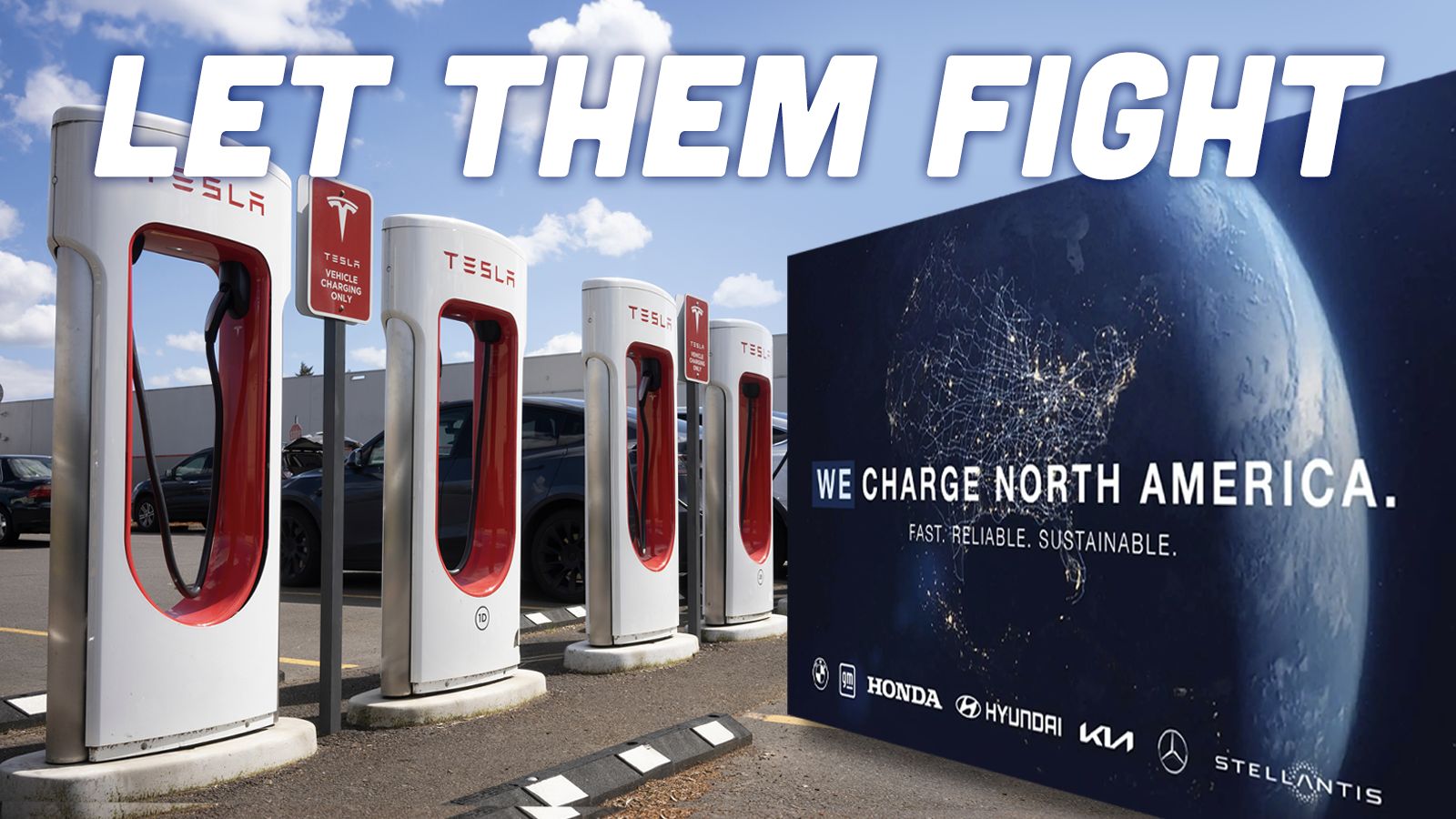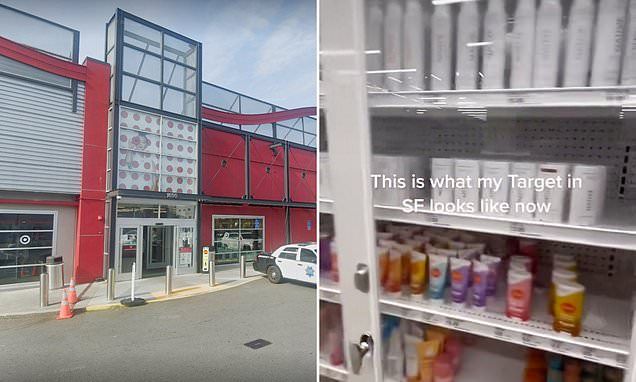Six Major Automakers Are Banding Together To Build Their Own American DC Fast Charging Network
To many, the worst part about driving an EV is the public charging experience. Tesla network notwithstanding, it’s common to find broken or damaged charging stations putting a hitch in road trips. Hell, I’ve experienced it firsthand driving a Genesis GV60 to Detroit and back. Everyone’s been asking: What will it take to get a decent non-Tesla charging network around here? How about a coalition of seven automakers intent on rolling out its own charging network from sea to sea? Stellantis, General Motors, Hyundai Motor Group, Honda, BMW, and Mercedes-Benz are banding together to build a network of 30,000 DC fast charging stations from coast-to-coast.
Two of those brands are particularly eyebrow-raising since General Motors and Mercedes-Benz have committed to Tesla’s NACS charging connector. If this gets off the ground, owners of cars from those makers should have the best of both worlds. Come to think of it, Tesla owners should also have the best of both worlds since these new stations will supposedly be equipped with both CCS and NACS connectors and accept all EVs. Well, all EVs that don’t use CHAdeMO, but that’s basically a dead standard anyways. The alliance also claims that charging stations will be located near amenities, such as food and toilets, critical stuff for road-tripping.
So far, this joint venture seems like a lot of talk without much in the way of details. For example, the joint venture doesn’t even have a name yet — just one of the more generic taglines I’ve heard in the past six months. I mean, “We charge North America” is fine, but isn’t that what everyone else has been trying to do?
ADVERTISEMENT
Secondly, specifications of charging stations haven’t been divulged yet. How much power are we talking here? A DC fast charger can tap out at anywhere from 50 kW (borderline unusable) to 350 kW (excellent), which leaves a lot of range in between. It’s likely that the proposed stations will fall within federal funding clauses of 150 kW chargers, but many of these automakers either currently sell or are working on 800-volt architectures that can benefit from 350 kW fast chargers, so greater performance would be swell.
Finally, there’s no word on payment methods other than using vehicles’ plug-and-charge capabilities. Please, please, please offer point-of-sale card readers. If the true mission is to make charging better, it should be just as easy to buy a full charge as it is to buy a coffee.
ADVERTISEMENT
The alliance claims it will have its first stations up and running in the summer of 2024, which sounds aggressive but is actually rather trivial. A year or so to build a few charging stations shouldn’t be a huge deal. I’d argue that the branding aspect is far more important because Americans will need a way of knowing about this new network, and that takes absolute ages. Still, if the groundwork gets laid now and both uptime and service prove better than major non-Tesla providers, this could be the giant leap forward EV charging needs. Those are big asks, so lets just see how this all plays out before we all get too excited.
(Photo credits: Chevrolet, Stellantis, Hyundai, BMW, Mercedes-Benz)
Support our mission of championing car culture by becoming an Official Autopian Member.
Got a hot tip? Send it to us here. Or check out the stories on our homepage.
Source: The Autopian


